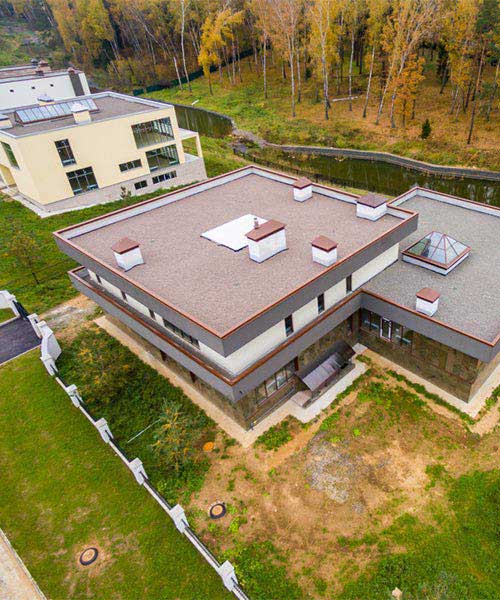- +91 8125913666
- valueinvestzone9@gmail.com
Individual Houses
Individual houses, often referred to as single-family homes or standalone houses, are standalone residential structures that provide a distinct living space for a single family. Unlike apartments or condominiums, individual houses are independent units typically surrounded by their own private land. This form of housing offers unique advantages and a sense of privacy that many homeowners find appealing.
Why to choose individual houses ?
Single Ownership
Individual houses are owned by a single individual or family. This stands in contrast to multi-family housing like apartments, where multiple families may reside within the same building.
Private Land
One of the defining features of individual houses is the presence of private land surrounding the property. This land is usually used for a yard, garden, or other personal purposes, providing residents with a sense of ownership and control over their outdoor space.

Architectural Diversity
Individual houses come in various architectural styles, reflecting the diverse tastes and preferences of homeowners. From traditional to modern designs, these houses can be customized to suit the aesthetic and functional needs of the occupants.
What are the advantages of individual houses
Privacy and Independence
Living in an individual house provides a level of privacy and independence that may be lacking in shared living spaces. Homeowners have the freedom to make decisions about their property without the need for communal agreements.
Outdoor Space
The presence of private land allows for the creation of outdoor spaces such as gardens, patios, and play areas. This is particularly appealing for those who value outdoor living and wish to have a personal oasis right outside their doorstep.
Customization
Homeowners can personalize their individual houses to a great extent, making modifications and renovations according to their preferences. This flexibility allows for the creation of a unique and comfortable living environment.
Sense of Community
While individual houses offer privacy, many neighborhoods with standalone homes also foster a sense of community. Residents often engage in neighborhood activities, creating a balance between personal space and social interaction.
Considerations for Prospective Homebuyers
Maintenance Responsibilities
Owning an individual house comes with the responsibility of maintaining both the interior and exterior. Homeowners should be prepared for tasks such as lawn care, roof repairs, and general upkeep, which may not be as prominent in apartment living.
Costs and Expenses
Individual houses typically involve higher upfront costs compared to apartments or townhouses. In addition to the purchase price, homeowners must budget for property taxes, utilities, and ongoing maintenance expenses.
Space Requirements
Families or individuals considering individual houses should assess their space requirements. Standalone homes are often more spacious than apartments, providing ample room for families to grow. However, this can also mean higher heating, cooling, and furnishing costs.
Location and Commute
The location of an individual house can significantly impact daily commutes and accessibility to amenities. Prospective buyers should consider proximity to schools, workplaces, shopping centers, and public transportation when evaluating potential properties.
Individual houses offer a unique and desirable living arrangement for those seeking privacy, independence, and the freedom to personalize their living spaces. With the ability to create a home that reflects individual preferences and lifestyles, homeowners find satisfaction in the ownership of these standalone structures. While there are considerations and responsibilities associated with individual houses, the benefits often outweigh the challenges, making them a popular choice for those looking to invest in a place to call their own.

 Facebook
Facebook Youtube
Youtube Instagram
Instagram Whatsapp
Whatsapp